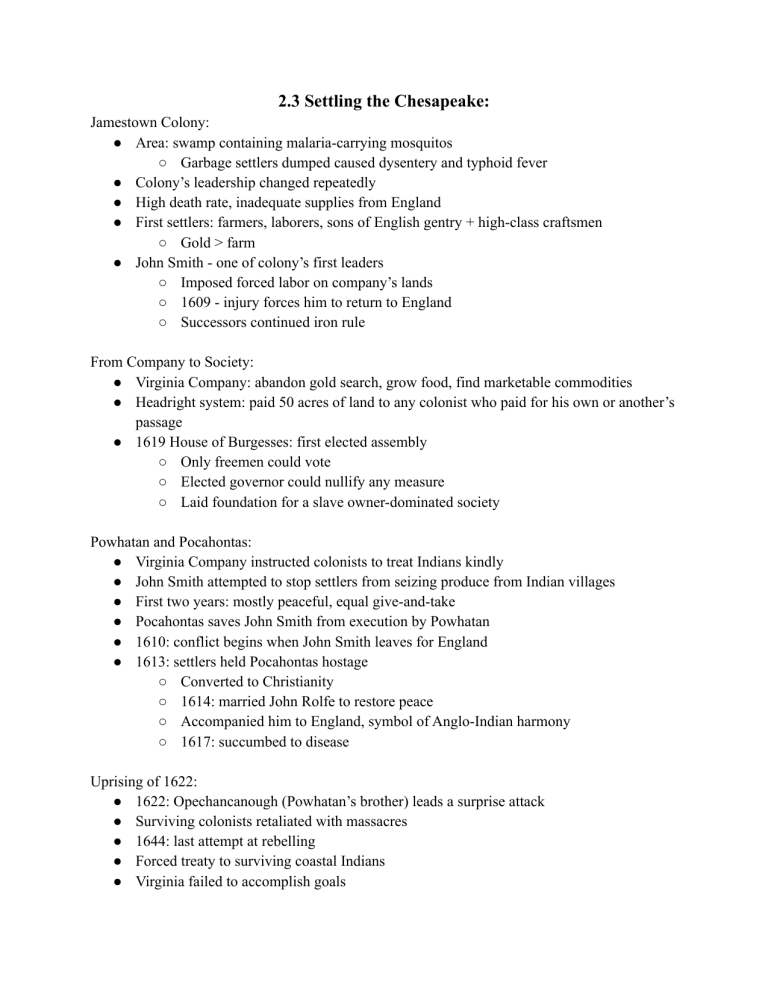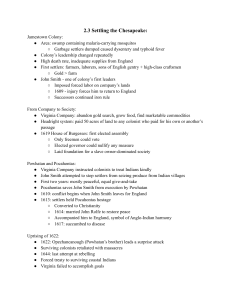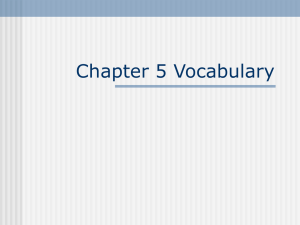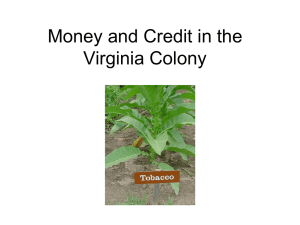
2.3 Settling the Chesapeake: Jamestown Colony: ● Area: swamp containing malaria-carrying mosquitos ○ Garbage settlers dumped caused dysentery and typhoid fever ● Colony’s leadership changed repeatedly ● High death rate, inadequate supplies from England ● First settlers: farmers, laborers, sons of English gentry + high-class craftsmen ○ Gold > farm ● John Smith - one of colony’s first leaders ○ Imposed forced labor on company’s lands ○ 1609 - injury forces him to return to England ○ Successors continued iron rule From Company to Society: ● Virginia Company: abandon gold search, grow food, find marketable commodities ● Headright system: paid 50 acres of land to any colonist who paid for his own or another’s passage ● 1619 House of Burgesses: first elected assembly ○ Only freemen could vote ○ Elected governor could nullify any measure ○ Laid foundation for a slave owner-dominated society Powhatan and Pocahontas: ● Virginia Company instructed colonists to treat Indians kindly ● John Smith attempted to stop settlers from seizing produce from Indian villages ● First two years: mostly peaceful, equal give-and-take ● Pocahontas saves John Smith from execution by Powhatan ● 1610: conflict begins when John Smith leaves for England ● 1613: settlers held Pocahontas hostage ○ Converted to Christianity ○ 1614: married John Rolfe to restore peace ○ Accompanied him to England, symbol of Anglo-Indian harmony ○ 1617: succumbed to disease Uprising of 1622: ● 1622: Opechancanough (Powhatan’s brother) leads a surprise attack ● Surviving colonists retaliated with massacres ● 1644: last attempt at rebelling ● Forced treaty to surviving coastal Indians ● Virginia failed to accomplish goals ● Local elite controlled colony Tobacco Colony: ● Commodity, Virginia’s substitute for gold ● Crown profited from custom duties ● New immigrants taking advantage of headright system ● Demand for labor ● Tobacco cultivation → demand for field labor ● Harsh conditions, high death rate, laws mandating punishment ○ Land continued to attract migrants ● ¾ migrants came as servants Women and the Family: ● Lacked stable family life ● Colony promoted immigration of women ○ 1620-162: “tobacco brides”, arranged marriages ● Majority of women came as indentured servants ○ Did not form families until mid-twenties ● High death rate, unequal gender ratio, late marriage age ● Many single men, widows, orphans ● Dower-rights: ⅓ of dead husband’s property ● Widow/unmarried women could enjoy an independent legal identity ● Many women came as indentured servants → hard life, early death ● Married women found themselves in poverty after husbands died Maryland Experiment: ● 1632 - proprietary colony: authority to an individual ● Cecilus Calvert disliked representative institutions ● Yet, Charter guaranteed Englishmen liberties Religion in Maryland: ● Calvert (Catholic) envisioned Maryland as a refuge ○ Protestants and Catholics could live in harmony ● Protestant majority ● High death rate ● Greater opportunity for land ownership than Virginia ○ Fifty acres of land ● Tobacco planters occupied best land → prospects for landless diminished




